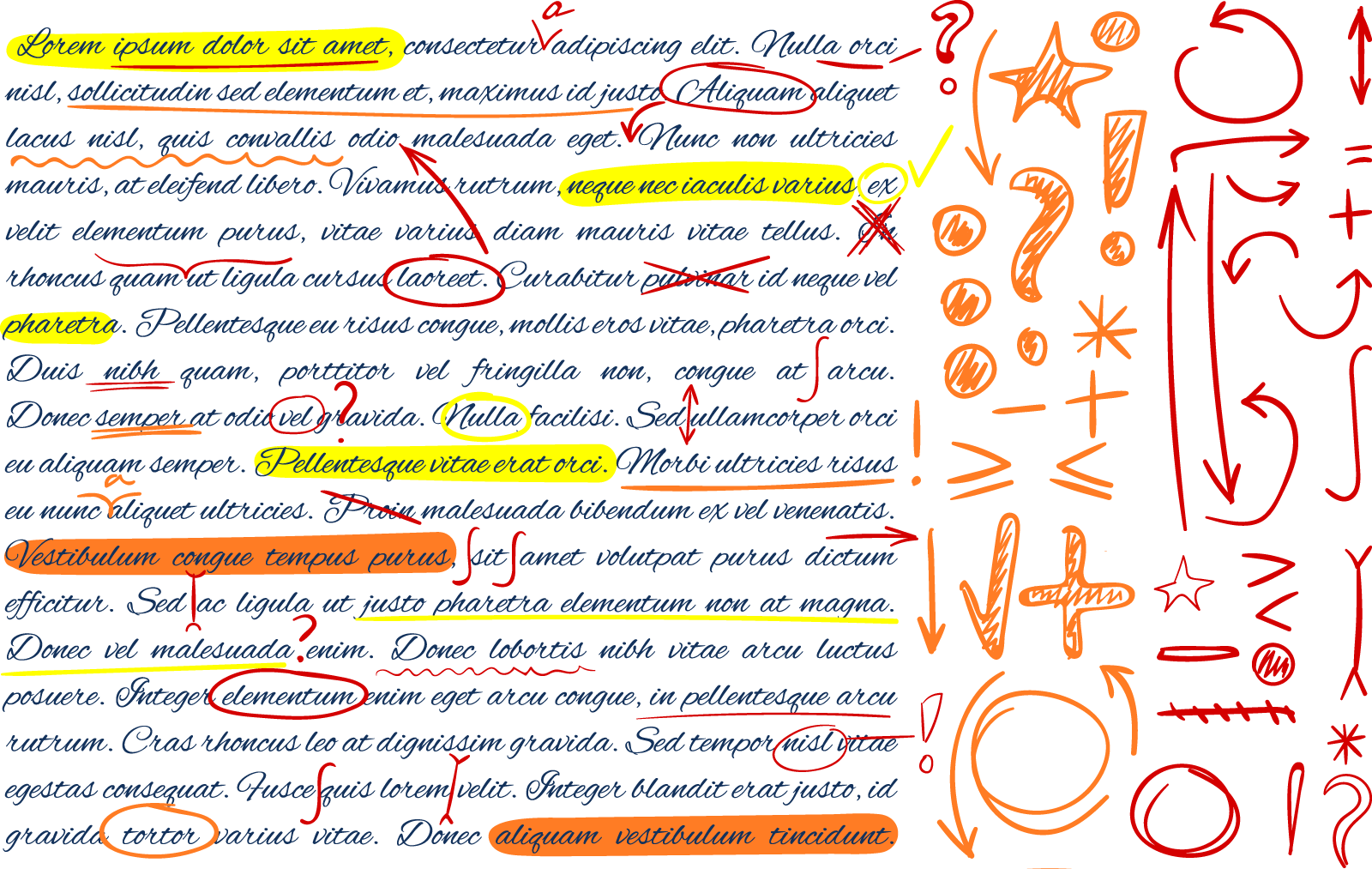Getting translation right the first time around
- Miley Thomas
- May 2, 2016
- 14,047 views

Keeping translation affordable has everything to do with the translation technology you use. Relatedly, translation workflows and quality assurance procedures post-translation can also be optimized to reduce work time and keep costs down.
However, trying to save money by scrimping on translation can bring higher costs to businesses the second time around.
Machine translation has made great strides in recent years, increasing dramatically in quality and speed. As a result, most translators now leverage machine translation to help expedite the human translation process. For example, Stepes leverages translation memory and automated term assistance through TermWiki Pro, a cloud-based terminology management system that allows translators to save translations for words and phrases to use in future translations. Stepes also incorporates machine translation options for both text and audio, though a human translator must post-edit and approve the final text before they are saved. These technology solutions enable human translators to translate faster, increasing the average throughput from 2,500 a day to 3,000 or more.
For customer-facing content, human translation is the only translation service that can still deliver sufficiently high quality results. While it may be tempting to put your content through a cutting edge machine translation system, even the most sophisticated machine translator cannot match the quality of human translators —yet. By combining the power of machine translation and human post-editing services, businesses are able to get the best of both worlds.
Moreover, sometime the apparent cost savings brought on by machine translation quickly disappear when one factors in the post-translation editing and quality checks that need to be done by a human. This is especially the case when the machine algorithm produces very poor results.
In a recent editorial in The Japan Times, a Japanese to English translator chronicles the almost laughably awkward machine translations of the English novel he is proofreading.
The task called for me to rewrite into reasonably comprehensible English the text of a 120-page book for James Bond film fans. Bond, readers were informed, “is a man who belongs to the British secret information part, and has Homicide permit of 00 No.” This one stopped me in my tracks. OK, “Homicide permit” obviously meant his double-O license to kill. But what the hell is a “secret information part”?
I referred to the Japanese original and saw that “secret information part” was a direct translation of 秘密情報部 (himitsu jōhō-bu). Bu, in Japanese, it can be rendered “part” as in 部品 (buhin, a component). It also means “department” in an organization. From the original, it was immediately evident that it meant the British Secret Service, and I fixed it accordingly.”
The translator encounters frequent mistranslations as they go along, some of the mistranslations are so surprisingly convoluted that it takes significant guess work and detective work to figure out what went wrong in the machine translation and how to fix the mistake.
Eventually the translator concludes that, “As it turned out, translating the book from the original Japanese actually proved less taxing than struggling to put the computer’s convoluted syntax and cryptic vocabulary into passable English.” Furthermore, poor machine translation can also impair the translator’s ability to think independently, resulting in translations that lack creativity and cultural nuances.
That’s why getting a translation right the first time around is crucial for not only keeping quality high but also for keeping costs down. Post-Translation processing can be one of the largest time sinks for translators if the machine translation quality is very poor, and thus a major cost you are paying for. Rather than having to fix a bad translation or adjust the tags on a poorly-formatted translation (which can take just as long as the translation itself), making sure that the right translator is working on your project on the first round will save you time and money.
What is machine translation post-edit?
Post-edit (PE) is the process for a human translator to edit machine translated text to remove grammar errors and fix mistranslations. In theory, post-edited machine translation is the same as human translation.
Applying MT first before human post-editing will save the translator from entering the text manually, allowing him/her to translate faster. Machine translation (especially trained MT) also allows important technical terms to be applied directly, saving the translator time and effort with terminology research.
MT post-editing is now a part of the localization process in which source content is first translated by a MT engine. Trained translators are then brought in to edit the translated content to improve the final translation quality. The initial MT quality can vary from language to language as well as for different subject fields. For some languages such as English to Spanish or English to German, MT can achieve a quality level of up to 70% for general purpose text so post-editing is relatively straightforward.
In all cases, post-editing is mandatory for all translation requirements with customer facing content. Depending on the MT quality, post-editing can result in translation productivity improvement of 10% or more.











